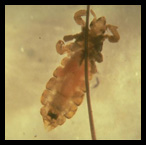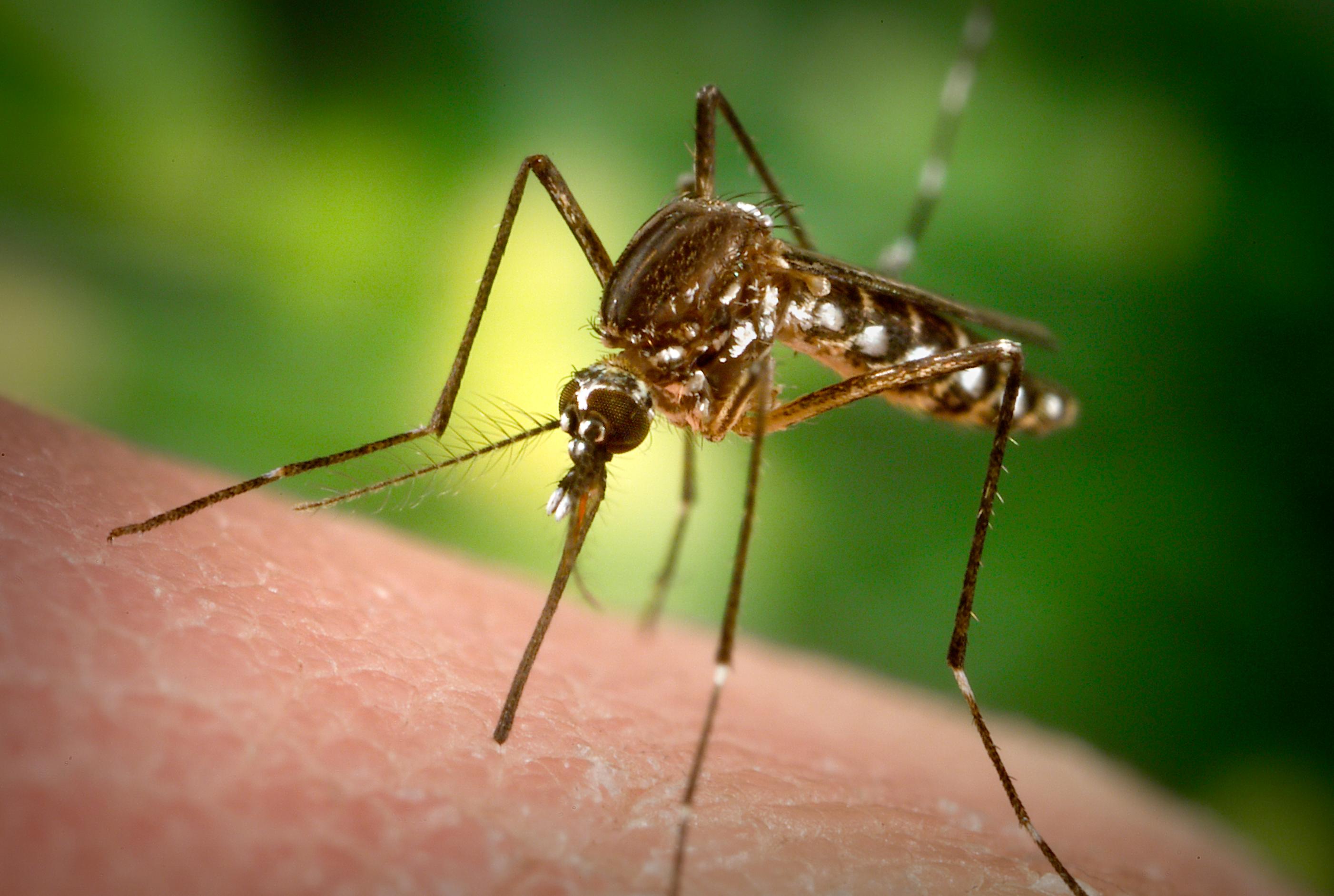Description:
There are two main groups amongst lice, sucking and chewing or biting. Sucking lice consume a bloodmeal from their host and are more important in transmitting pathogens. Chewing or biting lice ingest feathers, fur and skin and sometimes blood from their host.
Adult lice are small (0.4 – 10 mm), wingless, and dorso-ventrally flattened. The female glues her eggs onto the host’s hair or feathers. The eggs are referred to as nits. There can be 10-12 generations a year. A bloodmeal is essential for the development and survivorship for all sucking lice, while chewing lice can survive several days off the host.
In temperate regions like Texas, louse populations will typically peak during the winter or early spring with a decline in the summer. This is true for most species except for the cattle tail louse which peaks during the summer.
Lice are transferred between hosts by direct contact by crawling or by phoresy which means they hitch a ride on another insect in order to find a new host.
Cattle operations in the US have to deal with five species of lice; the cattle biting louse (Bovicola bovis), the longnosed cattle louse (Linognathus vituli), the little blue cattle louse (Solenopotes capillatus), the shortnosed cattle louse (Haematopinus eurysternus), and the cattle tail louse (Haematopinus quadripertusus).
There is also a horse biting louse (Bovicola equi), a hog louse of domestic swine (Haematopinus suis), and the sheep biting louse of sheep and goats (Bovicola ovis).
Animals Attacked:
Livestock, birds, pets, humans; young, old and sick animals are more susceptible
Veterinary Impact:
A small host can only support a small number of lice before adverse effects lead to its demise but a large host (livestock) can have more than a million lice and still be healthy.
A large number of lice can be debilitating to an animal. They can cause anemia, dermatitis, allergic responses, hair loss and other disorders which can be costly to the livestock industry.
Millions of lice per an animal can lead to restlessness, pruritus, anemia, low weight gain, low milk yield, dermatitis, hide or fleece damage, skin crusting or scabbing, and lameness.
Sucking lice on cattle can cause serious damage to the host and severe anemia, abortions, or even death at times.
Severally infested horses might experience pruritus, hair loss, or coat deterioration.
The hog louse is capable of ingesting significant volumes of blood from its hosts; especially the piglets and the feeding sites can cause intense irritation.
Lice found on goats and sheep can cause debilitation, even in small numbers, because of the damage to the fleece and wool. Some sheep will even develop hypersensitivity to the sheep louse, making the fleece value decline and also causes cockle which is an economically disfiguring condition of sheep fleece.
Disease Transmission:
Lice can transmit some disease causing pathogens: swinepox to hogs (H. suis), bovine anaplasmosis and bovine dermatomycosis to cattle.
Control:
Lice numbers are reduced by host grooming, resistance, molting and feather loss, hibernation, and hormonal changes, as well as predators, parasites and parasitoids.
Feeding cattle a high energy diet and maintaining uncrowded conditions, will reduce the chances of a louse infestation. The use of spot-treatments and quarantine for infected individuals will limit the spread of the lice. Most insecticides and formulations on the market work against lice. If lice treatment is needed, it is best to do it at the end of fall and repeat the treatment two weeks later. Keeping wool sheared will remove 80% of the lice present.





